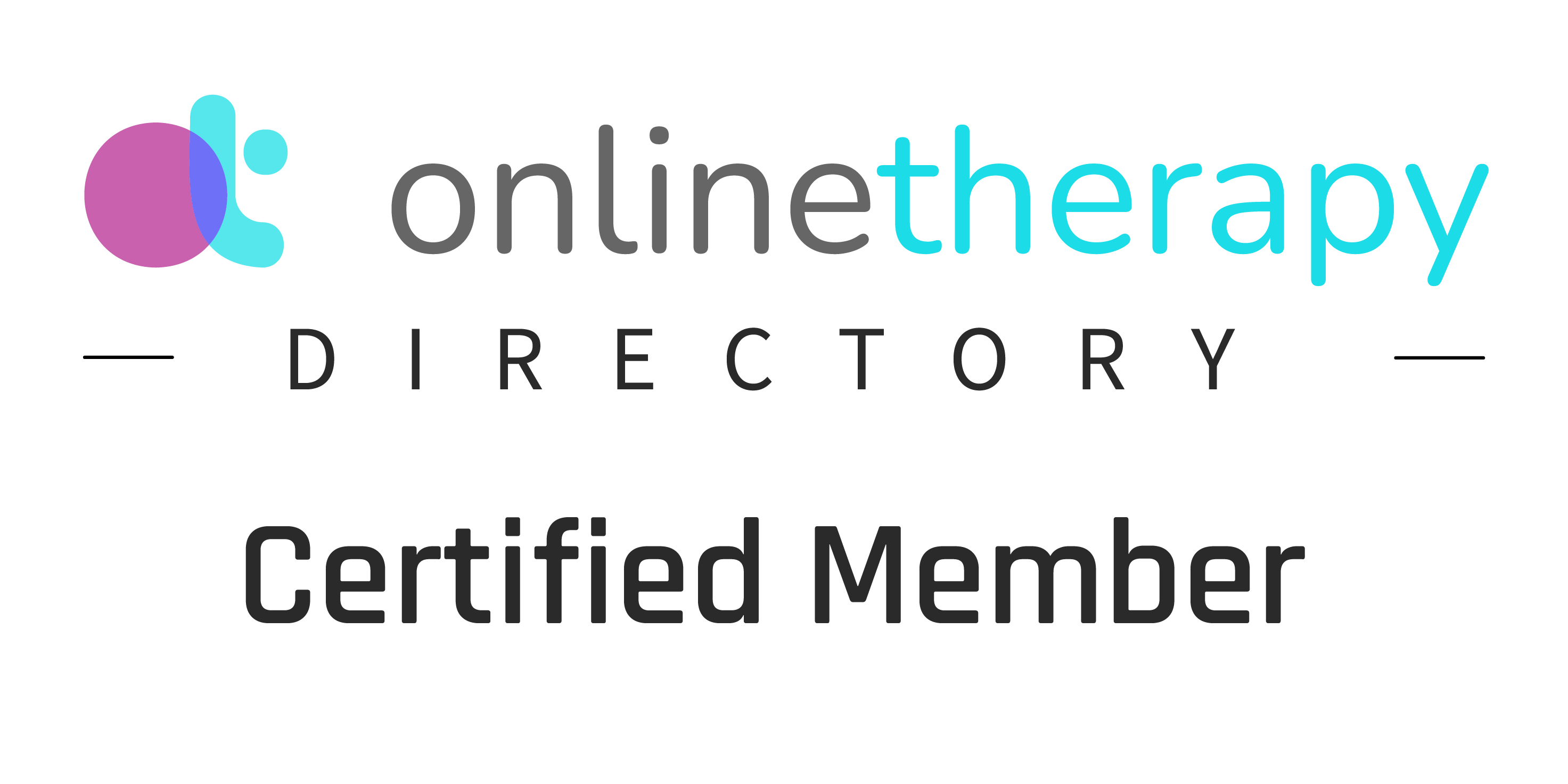PMDD Explained: Understanding and Managing Premenstrual Dysphoric Disorder
Premenstrual Dysphoric Disorder (PMDD) is a severe and chronic health condition that affects 5-8% of individuals with menstruating cycles. It's a more intense form of Premenstrual Syndrome (PMS), distinguished by its potential to disrupt daily life activities and necessitate medical attention. In this article, we'll explore the intricacies of PMDD - its causes, risk factors, symptoms, diagnosis, treatment, and ways to manage this disorder. Explore insights from Francesca Wehr, a licensed clinical social worker specializing in mental health counseling, on effective coping strategies for managing PMDD.
What is PMDD?
PMDD is a cyclical, hormone-based mood disorder that occurs in the luteal phase of the menstrual cycle (the two weeks leading up to menstruation). It can cause a range of severe emotional and physical symptoms that significantly impact a person's quality of life. The exact cause of PMDD remains unknown. However, it's believed to be related to an abnormal reaction to hormone changes that occur with each menstrual cycle.
What Causes PMDD?
While the exact cause of PMDD is not entirely understood, it is believed to be related to hormonal fluctuations that occur during the menstrual cycle. Research suggests that individuals with PMDD may have an abnormal response to normal hormone changes, leading to intense mood and physical symptoms. The hormonal fluctuations during the menstrual cycle can cause a deficiency in serotonin, a substance found in the brain and intestines. This deficiency can affect mood and cause physical symptoms. Additionally, certain risk factors may increase a woman's likelihood of developing PMDD. These include a family history of PMS or PMDD, personal or family history of depression or other mood disorders, lower access to social-emotional educational resources (coping skills), and cigarette smoking.
Symptoms of PMDD
Symptoms of PMDD typically manifest during the week before menstruation and cease a few days after the period starts. These symptoms can significantly disrupt daily activities, affecting functioning at home, work, and in relationships. They include psychological symptoms (such as irritability, anxiety, depression), physical symptoms (like fluid retention, breast fullness, gastrointestinal symptoms), and neurologic and vascular symptoms (including headache, dizziness, heart palpitations).
A more in depth look at psychological symptoms include:
Severe mood swings
Persistent irritability or anger
Marked depression or feelings of hopelessness
Anxiety or tension
Decreased interest in activities
Difficulty concentrating
Fatigue
Change in appetite or sleep patterns
Diagnosing PMDD
Diagnosing PMDD involves a comprehensive medical history and physical and pelvic examination. Given that there are mental health symptoms, your healthcare provider may also recommend a mental health evaluation.
Managing PMDD
PMDD requires treatment due to its chronic and serious nature. Several treatment approaches can help alleviate or reduce the severity of PMDD symptoms. These include lifestyle changes, medication, and sometimes even surgery.
Lifestyle Changes
Changes in diet, regular exercise, and stress management can play a significant role in managing PMDD symptoms. A diet high in protein and carbohydrates and low in sugar, salt, caffeine, and alcohol can be beneficial. Regular physical activity can help reduce symptoms.
Exercise: Regular physical activity can help reduce the severity of PMDD symptoms. Aerobic exercises like walking, swimming, or cycling can help boost endorphins, which are natural mood elevators.
Stress Management: Managing stress through practices such as meditation, deep breathing, yoga, or tai chi can help alleviate PMDD symptoms. These practices can promote relaxation and reduce cortisol levels, which may be linked to worsening PMDD symptoms.
Dietary Changes: Consuming a balanced diet rich in fruits, vegetables, whole grains, and lean proteins can help stabilize blood sugar levels and reduce mood swings. Avoiding excessive caffeine, sugar, and salt can help minimize bloating, irritability, and sleep disturbances.
Medication
Certain medications can be effective in managing PMDD symptoms. These include anti-inflammatory medicines, selective serotonin reuptake inhibitors (SSRIs), and birth control pills.
Antidepressants: Selective serotonin reuptake inhibitors (SSRIs) or serotonin-norepinephrine reuptake inhibitors (SNRIs) can help alleviate mood-related symptoms of PMDD.
Hormonal Birth Control: Birth control pills or patches that regulate hormones can help reduce PMDD symptoms. Some individuals may benefit from continuous birth control, which eliminates menstrual cycles altogether.
Non-Steroidal Anti-Inflammatory Drugs (NSAIDs): NSAIDs like ibuprofen can help alleviate physical symptoms of PMDD, such as cramps, headaches, and breast tenderness.
Supplements
Calcium: Research suggests that calcium supplementation can help reduce mood swings, fatigue, and pain associated with PMDD.
Magnesium: Magnesium supplements may help reduce water retention and bloating, as well as alleviate mood symptoms.
Vitamin B6: Some studies have shown that Vitamin B6 may help reduce PMDD symptoms, including mood swings and irritability.
Cognitive Behavioral Therapy (CBT)
Challenging Negative Thoughts: CBT can help individuals with PMDD identify and challenge negative thought patterns, replacing them with more balanced or positive thoughts.
Developing Coping Strategies: CBT can also help individuals develop effective coping strategies for managing PMDD symptoms, such as relaxation techniques, problem-solving skills, and communication strategies.
Surgery
In severe cases, surgical intervention may be necessary. Hysterectomy and bilateral oophorectomy have been used to treat severe PMDD.
Francesca Wehr's Coping Strategies for Managing PMDD
Francesca Wehr, a licensed clinical social worker specializing in mental health counseling, offers several strategies for managing PMDD:
Mindfulness and Relaxation Techniques: Techniques such as deep breathing, progressive muscle relaxation, and mindful meditation can help manage stress and reduce PMDD symptoms.
Regular Exercise: Regular physical activity can help manage mood swings and reduce feelings of depression, anxiety, and fatigue.
Healthy Diet: A balanced diet rich in fruits, vegetables, lean proteins, and whole grains can help manage PMDD symptoms.
Adequate Sleep: Good sleep hygiene is critical in managing PMDD. Try to maintain a regular sleep schedule and create a relaxing bedtime routine.
Support Systems: Connecting with supportive friends, family, and support groups can provide emotional assistance.
Dealing with PMDD can be challenging…
—But with the right knowledge, treatment plan, and coping strategies, managing the disorder is possible. Utilizing the practical strategies mentioned in this post to combat PMDD can promote a pathway to wellness. Remember, if you're struggling with PMDD, you're not alone and help is available.
It is essential to work with a healthcare professional to determine the best treatment plan for your specific needs. Additionally, tracking your symptoms and their severity over time can help provide valuable information for treatment planning.
Remember that managing PMDD is a process, and finding the right combination of treatments may take time. Be patient with yourself and seek support from trusted friends, family, or support groups as you navigate your journey to finding relief from PMDD symptoms.
Thank you for reading our blog post on "Pathways to Wellness: Insights from Francesca Wehr on PMDD." I hope that the information I've shared will help those struggling with PMDD to better understand and manage their symptoms. If you have any questions or need further assistance, please don't hesitate to reach out and get in touch.
If you want to stay up to date with the latest insights from Francesca Wehr, LCSW, subscribe below to join the Pathways to Wellness Community and receive monthly blog updates!













